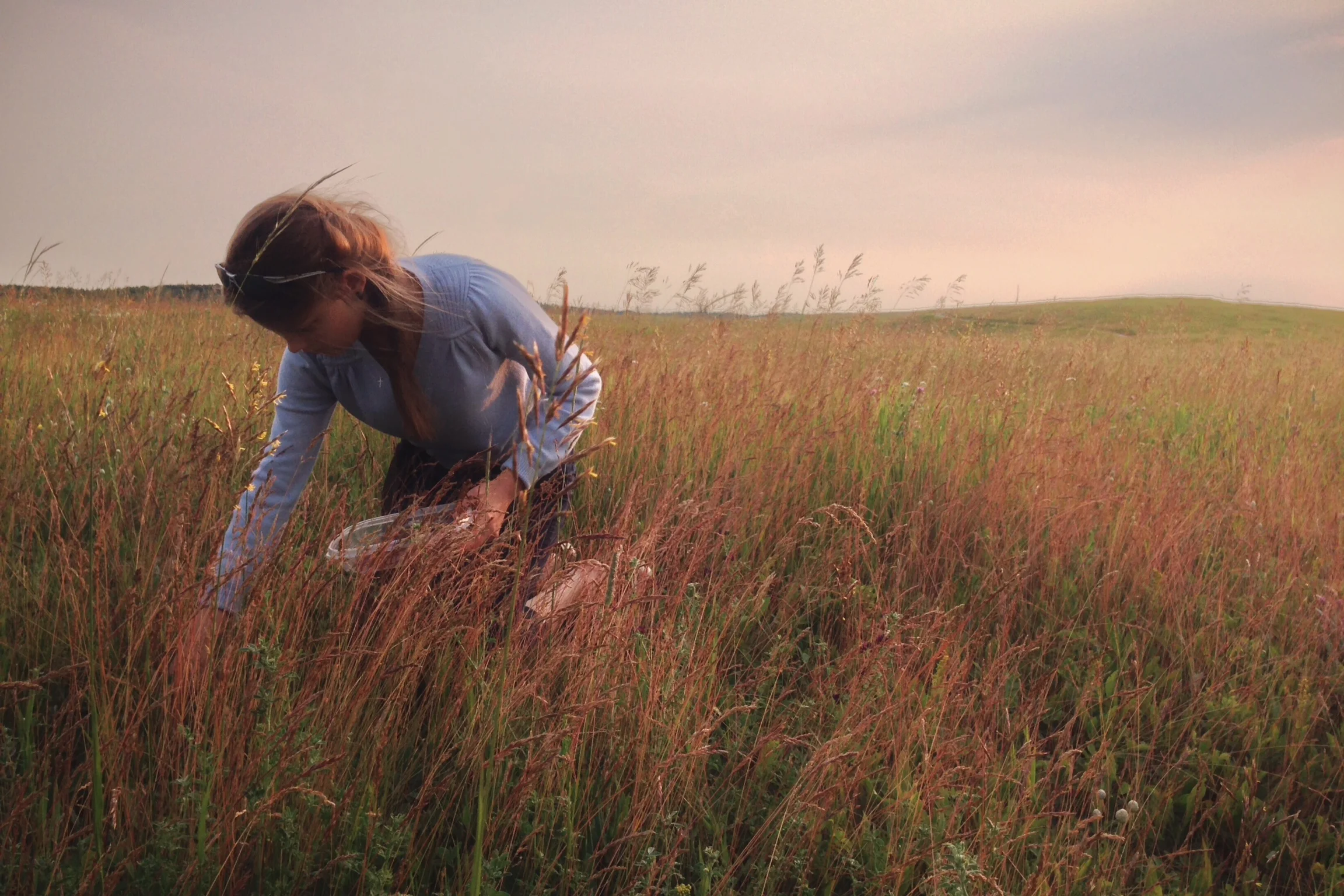It's my 22nd birthday today, but by now, the years tick by with less formality. I've traded that for a heightened sense of time passing quickly. I’m 22 and unequivocally an adult. This life is now the real thing and its urgency is constantly present.
I look back on last year; 365 days of Paul Simon’s sole diamonds and lists of simple beauties, losses, and delights. Winter winds have littered disappointment and like Llewyn Davis, my scarf has been blown by achin’ pain. But my boots were warm and the frustrations and setbacks were matched by moments I've collected and gathered. I’ve been treading water in the shadowlands, but I've seeing the golden light of evening cross my front porch.
There are many faces throughout this year, a crowd of precious people. They were there to wish me well when I passed by and, if I paused, they shared with me snippets of their world. Then there is my family who have seen the worst but still support and carry me on in love. Mentors have pressed me forward, reminding my of my Father’s love and realigning me when I stray. Dear friends - all the more valuable for the scarcity - in confiding me with their broken failures, give me permission to impart my fears to them. And there are faces whom I’ve grown up with that have become more unexpectedly longed for each time they return into my sphere.
Through it all I’m confronted; brought face to face with my own failings. I realize the depth of selfishness that permeates my soul and how I'm constantly seeking my own pleasure. Everything I long and grasp for is to please myself alone. I doge this honest truth for so much of my waking hours, but then the hard rock of its bold truth tears a hole in the floorboards of my once-so-solid ship. The harsh cold waters of reality then come rushing in and I’m sinking sailor, a quickly drowning man.
But there is life in these dead bones and its vivacity is surly not native to me. Repentance requires repetition - not because its propitiator is finite and its salvation redundant but because I’m in such constant need of repair. Christ, through great consequence to himself, has forgiven me yet I need his Gospel more then ever. Dear Lord, apply it to my soul!
Launching my bark into this year's waters, may You, oh Lord, be the Harbour to which I flee, the Captain at my helm, and the Spirit in my sails. I’ve been greatly troubled in spirit, but have found my Anchor who sustains. His constance is my only solace, his comfort my lasting cheer.


























